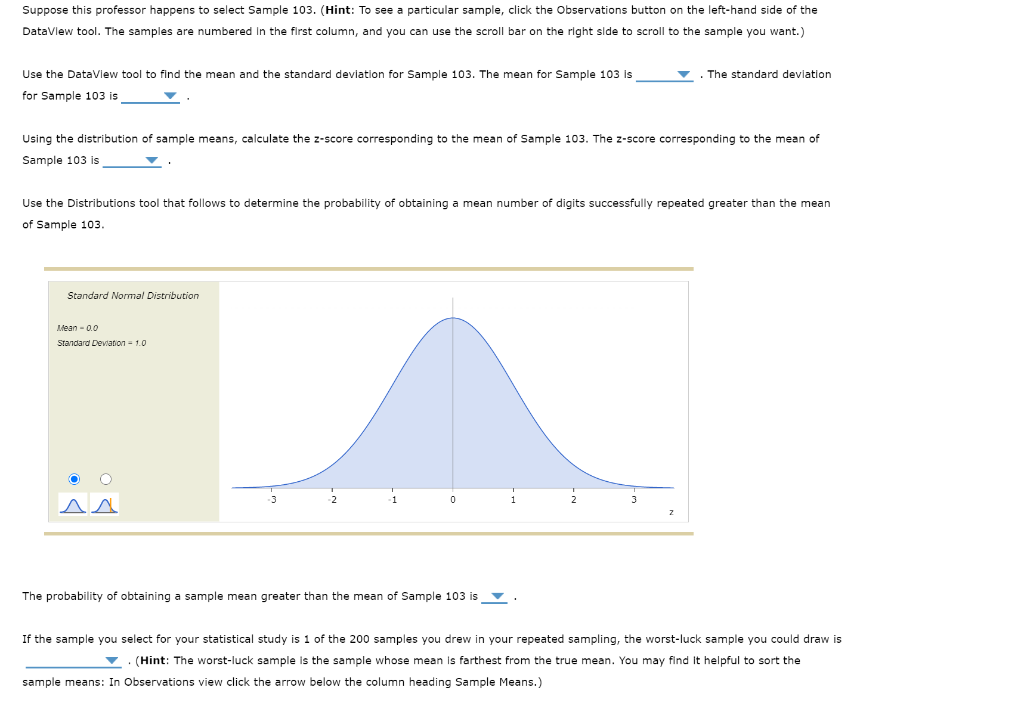
It is concluded that STM and LTM employ different coding systems. Unlike STM, LTM proved to be impaired by semantic similarity but not by acoustic similarity. Experiment III repeats Experiment I but attempts to minimize the effects of STM during learning by interposing a task to prevent rehearsal between the presentation and testing of the word sequences. Experiment II showed that this latter paradox can be explained by assuming the learning score to depend on both LTM and STM, whereas the subsequent retest depends only on LTM.

The acoustically similar list was learned relatively slowly, but unlike the other three lists showed no forgetting. They were then asked to recall the word list. on a task involving immediate memory for digits. Lists were learned for four trials, after which subjects spent 20 min. The lists comprised either acoustically or semantically similar words (A and C) or control words of equal frequency (B and D). In Experiment I subjects attempted to learn one of four lists of 10 words. This study tests the hypothesis that long-term memory (LTM) will be similarly affected. It has been shown that short-term memory (STM) for word sequences is grossly impaired when acoustically similar words are used, but is relatively unaffected by semantic similarity. It also suggests that activity-dependent coupling may not be subject to modulation by attentional processes. This suggests that although activity-dependent coupling may contribute to dual motor-task interference, attentional processes appear to be more important. Finally, while prioritising the RT task reduced, but did not eliminate, dual-task interference the contribution of activity-dependent coupling to dual-task interference was not affected by task prioritisation. This suggests that activity-dependent coupling is less detrimental to performance than attentional processes operating upstream of the corticomotor system.

Experiment 3 revealed that dual-task interference occurred regardless of whether the dual-task involved two motor tasks or a motor and cognitive task, however activity-dependent coupling was present only when a dual motor task was performed. Experiments 1 and 2 revealed that activity-dependent coupling within the leg corticomotor pathway was greater during dual-task performance than single-task performance, and this was associated with interference on the probe RT task (i.e., increased RT). In the present study TMS (transcranial magnetic stimulation) was used to examine the contribution of activity-dependent coupling to dual-task interference during concurrent performance of a bimanual coordination task and a discrete probe reaction time (RT) task involving the foot. While this dual-task interference is classically interpreted in terms of shared attentional resources, where two motor tasks are performed simultaneously interactions within primary motor cortex (i.e., activity-dependent coupling) may also be a contributing factor. Performing two tasks simultaneously often degrades performance of one or both tasks. The visuospatial sketchpad deals with visual and spatial information, whereas the phonological Working memory is a short term memory but instead of all information going into a single store for processing as proposed in the multi-store model information goes to a central component named the central executive which is supported by two independent systems the visuospatial sketchpad and phonological loop. This model builds of an earlier multi-store model by Atkinson and Shiffrin (1968) who proposed memory as having three distinct areas sensory store, short term memory and long term memory and the working model is a development of this model (Olive, 2004). This research leads Baddeley & Hitch to the conclusion that short term memory is a multicomponent storage system and introduced the notion of working memory which is arguably one of the most influential models of memory to date.

Assessing working memory through digit span and corsi block tests The field memory within cognitive psychology has been extensively studied for over 150 years, an early model of memory was the multi-store memory model (Atkinson and Shiffrin, 1968) however, this model was questioned by Baddeley & Hitch (1974) who conducted a reasoning task combined with a digit recall test and found that performance did not decline on the digit recall test after completing the verbal reasoning task as it should have based on the multi-store model.

The findings showed that performance declined on recall when in the tested area, either auditory or spatial was suppressed by interference that required the use of the same part of working memory. The study tested the performance of 44 MSc psychology student using digit span test and corsi block when presented a spatial and articulatory suppression to overload the visuospatial sketchpad and phonological loop. This study was constructed to test the working memory model and the dual-task paradigm.


 0 kommentar(er)
0 kommentar(er)
